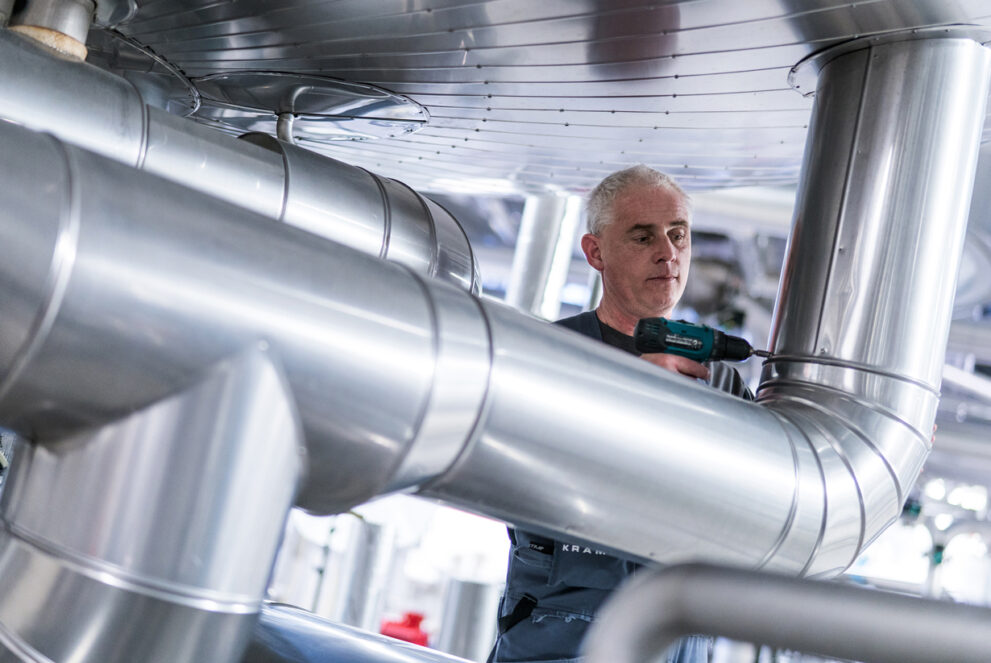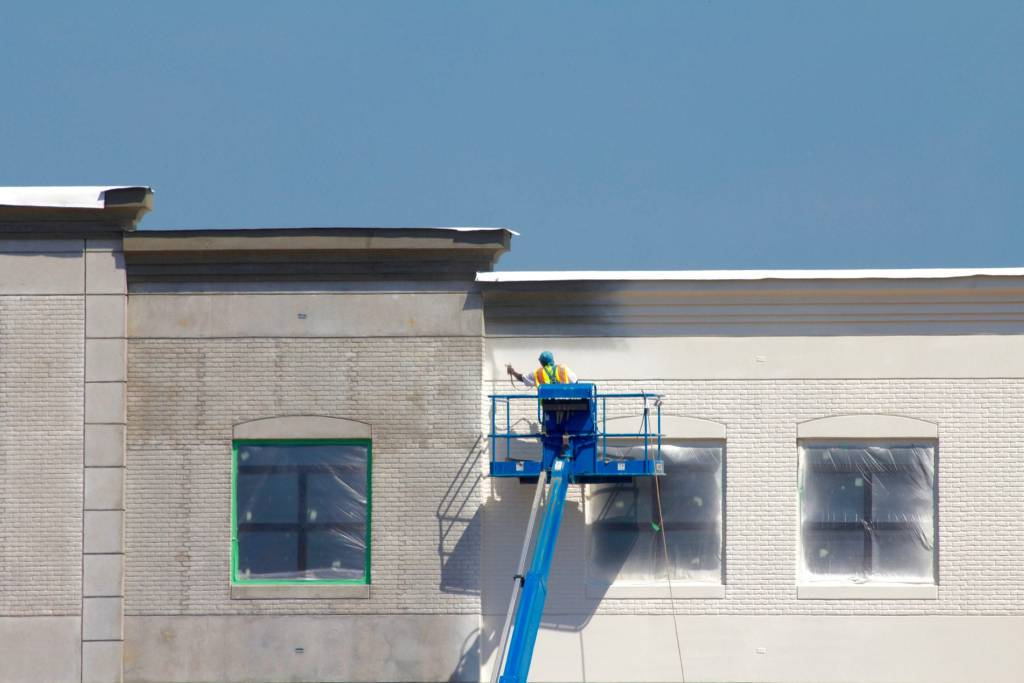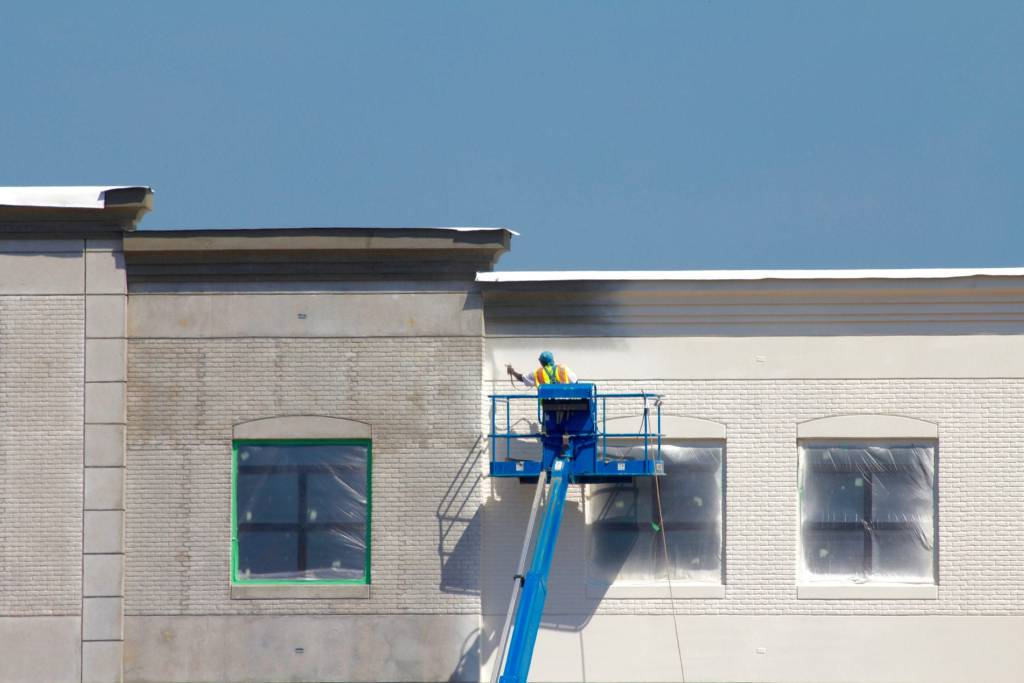Sealant Technology: A Guide to Bonding and Sealing
Sealant technology plays a crucial role in modern construction and manufacturing, providing essential protection against water, air, and other environmental factors. From skyscrapers to automobiles, sealants are used to create […]

Sealant technology plays a crucial role in modern construction and manufacturing, providing essential protection against water, air, and other environmental factors. From skyscrapers to automobiles, sealants are used to create durable and long-lasting bonds, ensuring structural integrity and performance.
This comprehensive guide explores the fascinating world of sealant technology, delving into the diverse types, application methods, performance characteristics, and emerging trends. Whether you’re a professional builder, a DIY enthusiast, or simply curious about the science behind these essential materials, this exploration will provide valuable insights and a deeper understanding of sealant technology.
Sealant Application Methods
Applying sealant correctly is crucial for its effectiveness and longevity. The chosen method depends on the project’s scale, the sealant type, and the substrate.
Manual Application
Manual application is suitable for smaller projects or intricate areas where precision is essential. It involves using a hand-held tool, such as a caulking gun, to dispense and apply the sealant.
- Preparation: Before applying the sealant, ensure the surface is clean, dry, and free of debris. This might involve using a cleaning agent, a scraper, or a brush.
- Application: Use a steady hand and apply the sealant in a continuous, even bead. Avoid gaps or overlaps, as this can compromise the seal’s integrity.
- Smoothing: After applying the sealant, smooth it out with a damp finger or a smoothing tool. This helps to create a uniform and aesthetically pleasing finish.
- Curing: Allow the sealant to cure fully according to the manufacturer’s instructions. This typically involves avoiding contact with water or extreme temperatures.
Dispensing Systems, Sealant technology
Dispensing systems are used for larger projects and provide greater control and efficiency. They are particularly useful for applying sealant in consistent, uniform beads.
- Cartridge Guns: Cartridge guns are commonly used for applying sealant from cartridges. They offer greater pressure control and are suitable for various sealant types.
- Pneumatic Dispensers: Pneumatic dispensers use compressed air to dispense sealant. They are ideal for large projects and can handle high-viscosity sealants.
- Metering Guns: Metering guns are designed to dispense precise amounts of sealant. They are commonly used in industrial settings for applications requiring consistent sealant flow.
Automated Processes
Automated processes are employed in high-volume applications where speed, precision, and consistency are paramount. These systems use specialized equipment to apply sealant efficiently.
- Robotic Dispensers: Robotic dispensers are used in factories and manufacturing facilities to apply sealant to various products. They offer high accuracy and speed, ensuring consistent results.
- Automated Dispensing Systems: Automated dispensing systems are used in various industries to apply sealant to large surfaces. They are typically integrated into production lines, offering efficiency and repeatability.
Sealant Performance and Testing: Sealant Technology
Sealants are essential components in various construction and industrial applications, providing protection against water, air, and other environmental elements. Understanding the factors influencing sealant performance and the methods used to evaluate their effectiveness is crucial for ensuring successful and long-lasting results.
Factors Influencing Sealant Performance
Several factors contribute to the overall performance of sealants, including environmental conditions, substrate compatibility, and aging.
- Environmental Conditions: Temperature, humidity, and exposure to UV radiation significantly affect sealant performance. High temperatures can cause sealants to soften and become less effective, while low temperatures can lead to embrittlement and cracking. Excessive humidity can hinder proper curing and increase the risk of mold growth. UV radiation can degrade sealant polymers, leading to discoloration and reduced adhesion.
- Substrate Compatibility: Sealants must be compatible with the materials they are applied to, such as concrete, metal, wood, or glass. Poor adhesion can result in sealant failure, leading to leaks and other problems.
- Aging: Over time, sealants undergo a process of aging, which can affect their performance. This process involves changes in the chemical and physical properties of the sealant, leading to reduced flexibility, increased hardness, and decreased adhesion.
Sealant Performance Testing
To ensure the quality and effectiveness of sealants, various tests are conducted to evaluate their performance characteristics. These tests help determine the sealant’s ability to withstand environmental stresses, maintain adhesion, and resist deformation.
- Adhesion Strength: This test measures the force required to separate the sealant from the substrate. The test is typically performed using a tensile tester or a peel test, where the sealant is applied to a test panel and subjected to a pulling force.
- Tensile Strength: This test measures the sealant’s resistance to tearing or breaking under tension. The test is performed by applying a tensile force to a sample of the sealant and measuring the force required to cause failure.
- Elongation: This test measures the sealant’s ability to stretch or deform under stress without breaking. The test is performed by stretching a sample of the sealant and measuring the amount of elongation before failure.
- Water Resistance: This test evaluates the sealant’s ability to resist water penetration. The test is typically performed by immersing a sample of the sealant in water for a specified period and measuring the amount of water that penetrates the sealant.
- Other Tests: Other common tests include:
- Temperature Resistance: This test evaluates the sealant’s ability to withstand extreme temperatures, both high and low.
- UV Resistance: This test measures the sealant’s resistance to degradation caused by exposure to ultraviolet radiation.
- Chemical Resistance: This test evaluates the sealant’s resistance to chemicals such as acids, bases, and solvents.
- Fungicidal Resistance: This test measures the sealant’s ability to resist the growth of mold and mildew.
Sealant Performance Characteristics and Testing Methods
The following table summarizes the key performance characteristics and testing methods for different sealant types:
| Sealant Type | Key Performance Characteristics | Testing Methods |
|---|---|---|
| Silicone Sealant | High elasticity, good weather resistance, excellent adhesion to most substrates | Adhesion strength, tensile strength, elongation, water resistance, temperature resistance, UV resistance, fungicidal resistance |
| Polyurethane Sealant | High strength, good flexibility, excellent adhesion to many substrates | Adhesion strength, tensile strength, elongation, water resistance, temperature resistance, UV resistance |
| Acrylic Sealant | Paintable, good adhesion to porous substrates, low odor | Adhesion strength, elongation, water resistance, temperature resistance, UV resistance |
| Butyl Sealant | Excellent water resistance, good adhesion to many substrates, long shelf life | Adhesion strength, water resistance, temperature resistance |
Final Conclusion

As sealant technology continues to evolve, we can expect even more innovative solutions to emerge, addressing complex challenges in construction, manufacturing, and beyond. By understanding the principles of sealant technology, we can make informed decisions about selecting the right products for specific applications, ensuring optimal performance and longevity for our projects.
Sealant technology has advanced significantly, allowing for a wider range of applications in various industries. One key development is the integration of vacuum coating technology , which enhances the properties of sealants by creating thin, durable, and protective layers. This technology plays a crucial role in improving the performance and longevity of sealants, ensuring their effectiveness in demanding environments.







